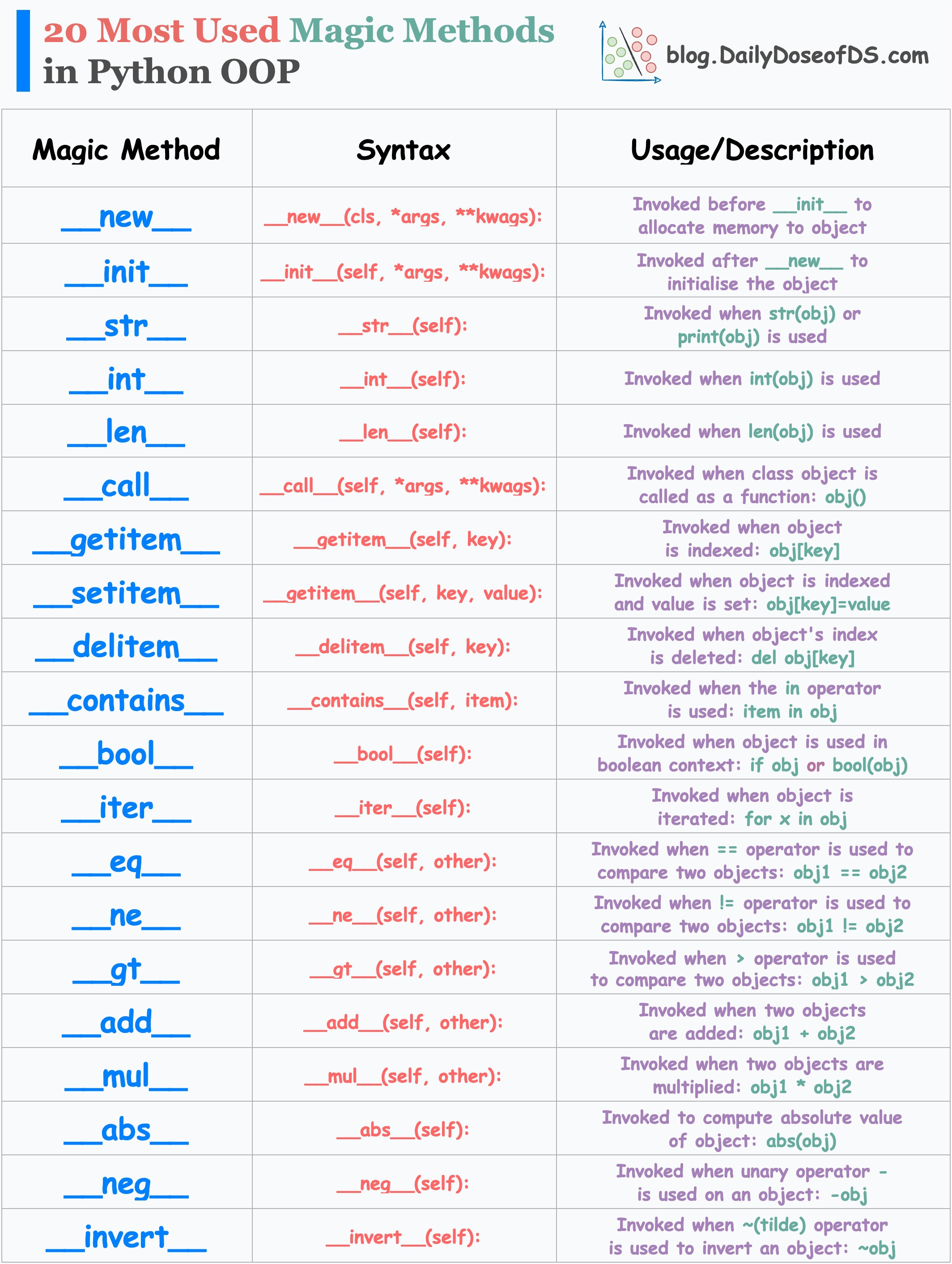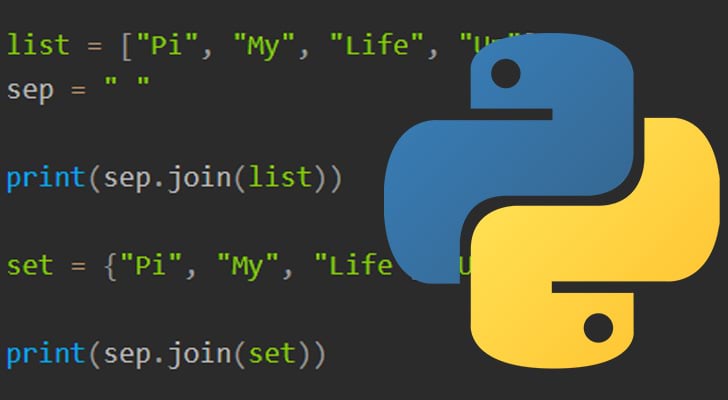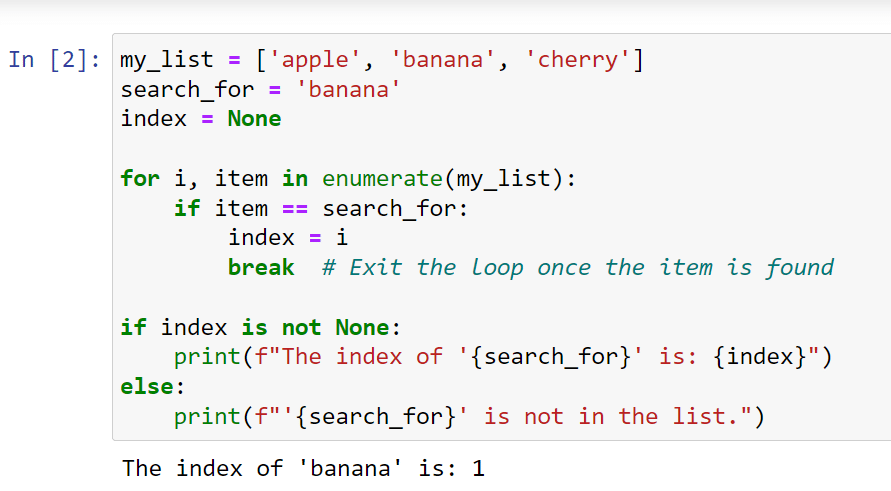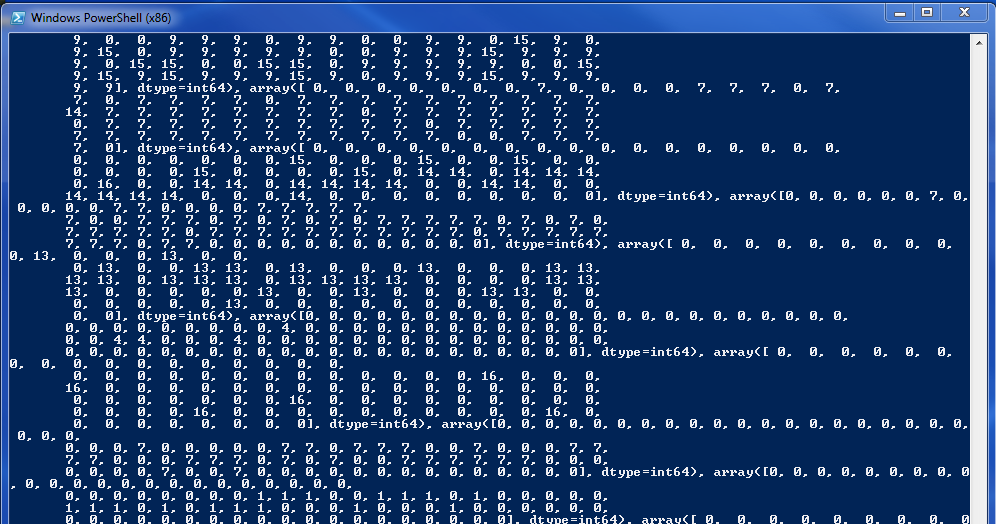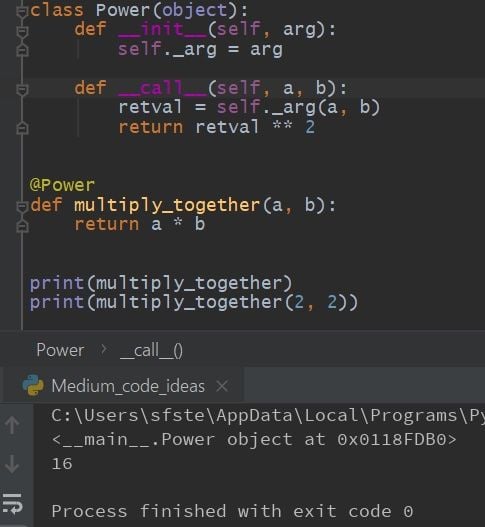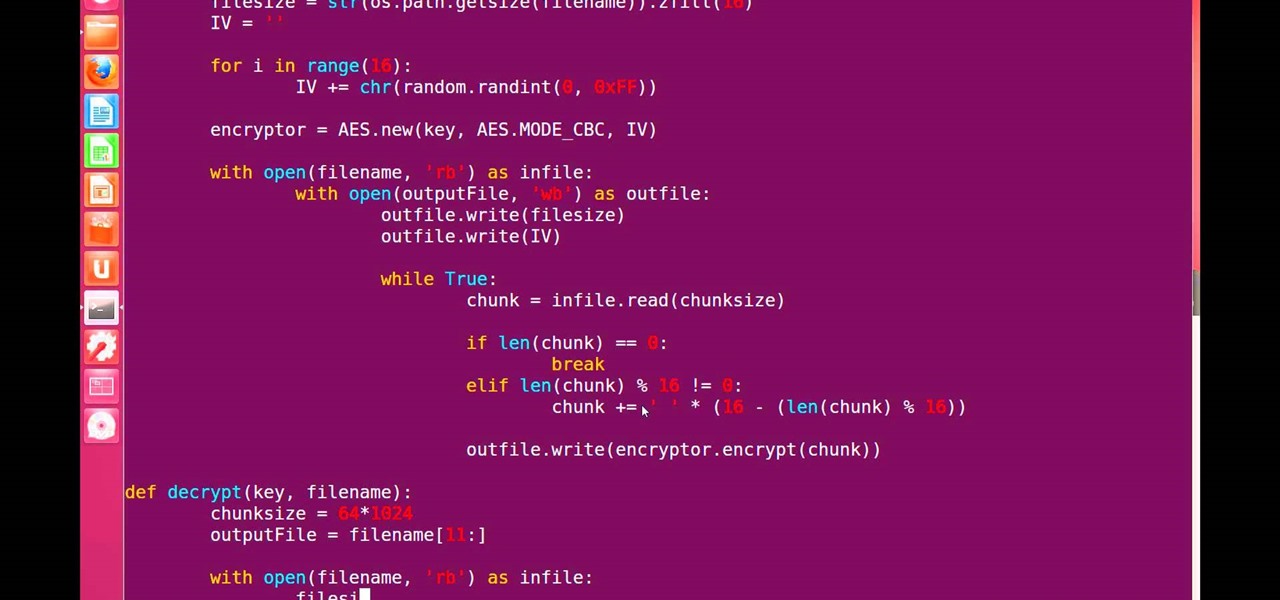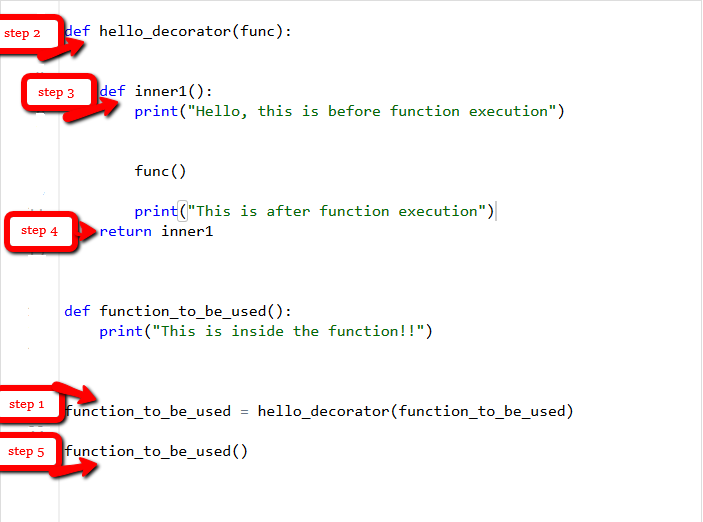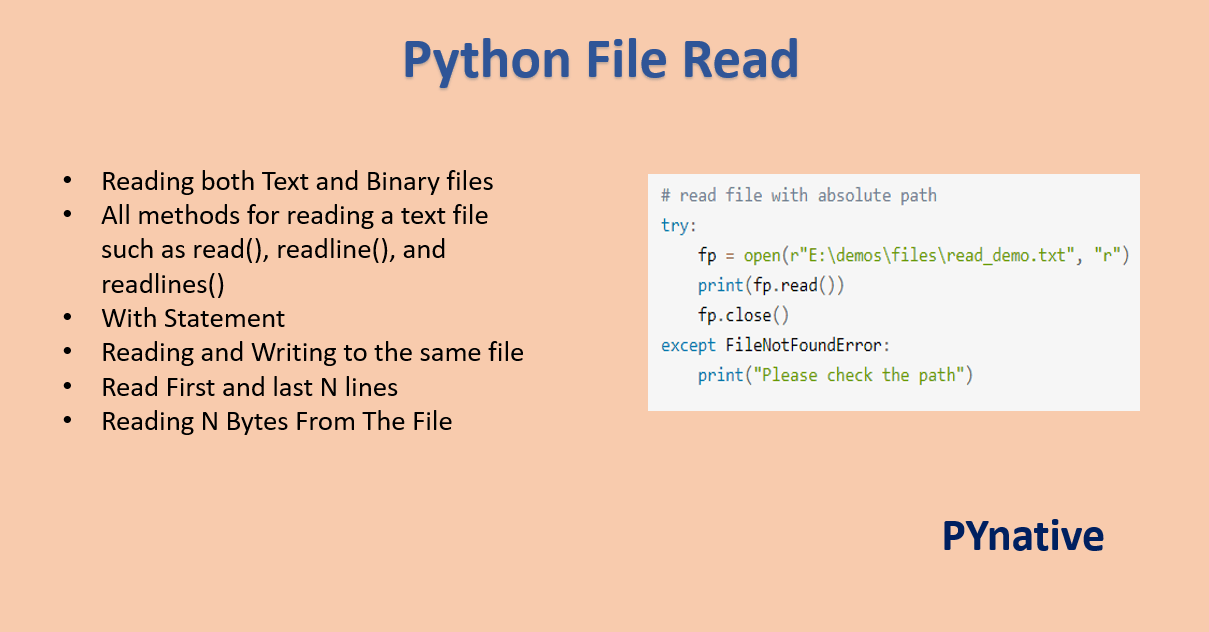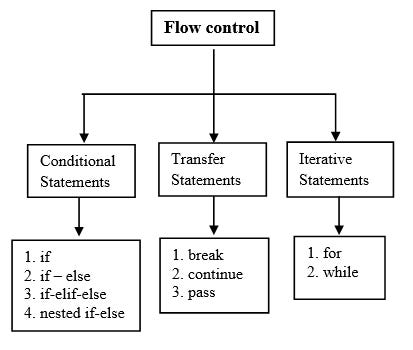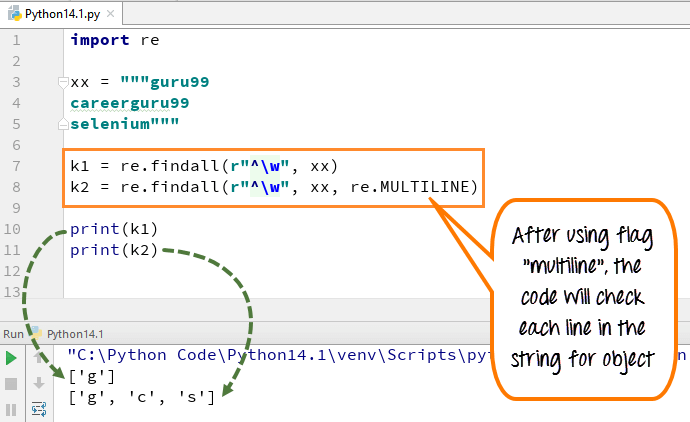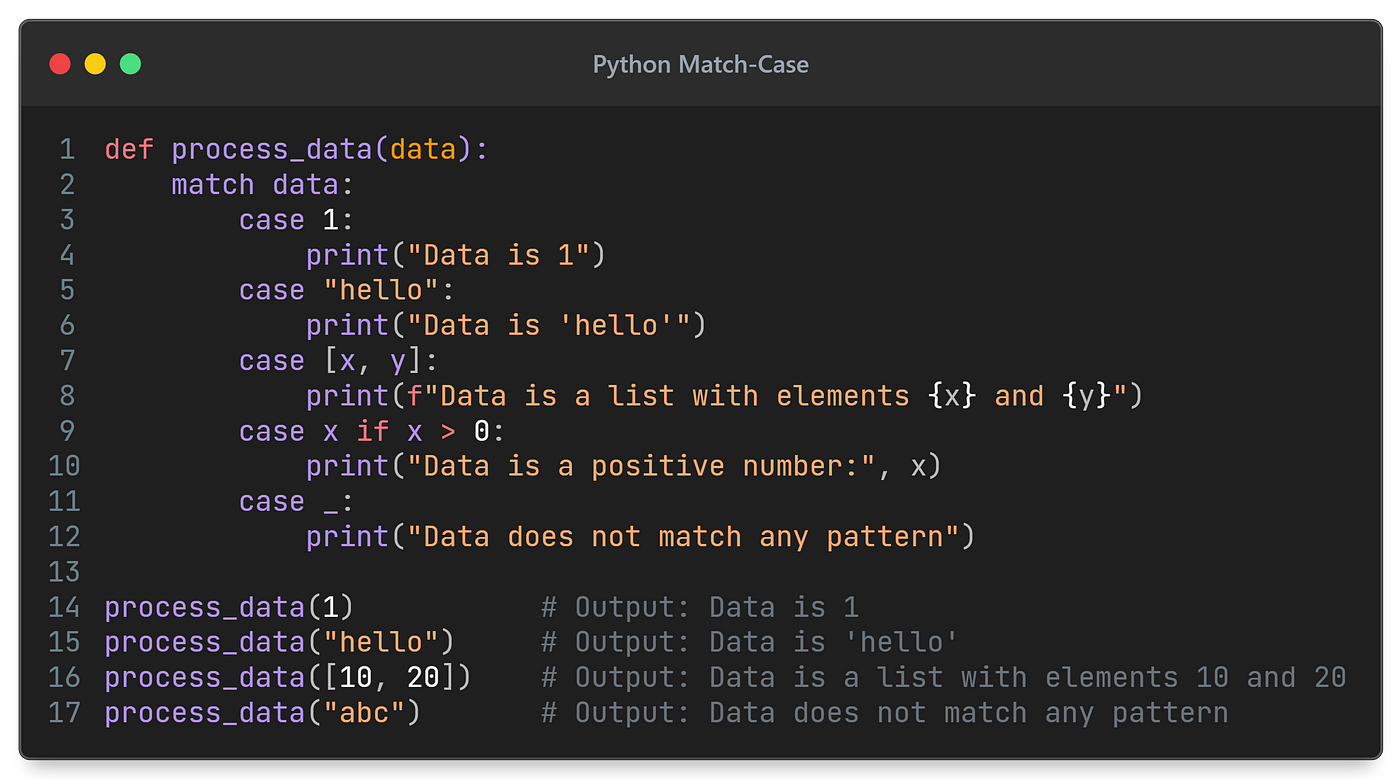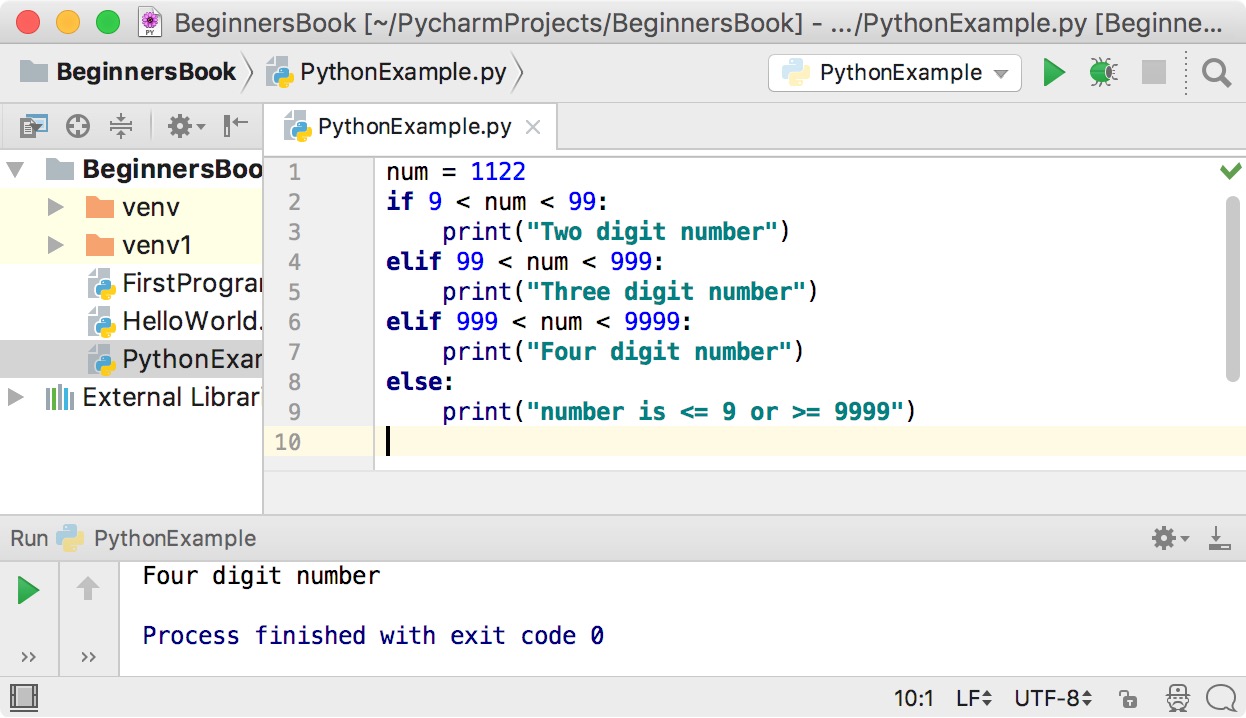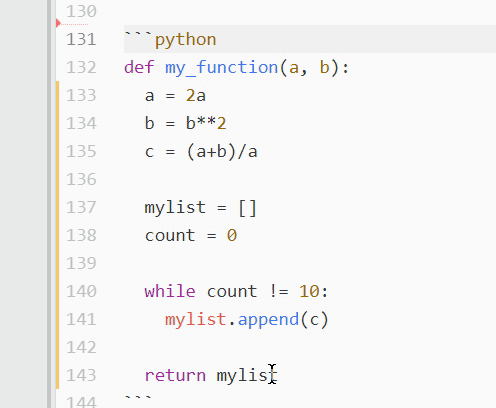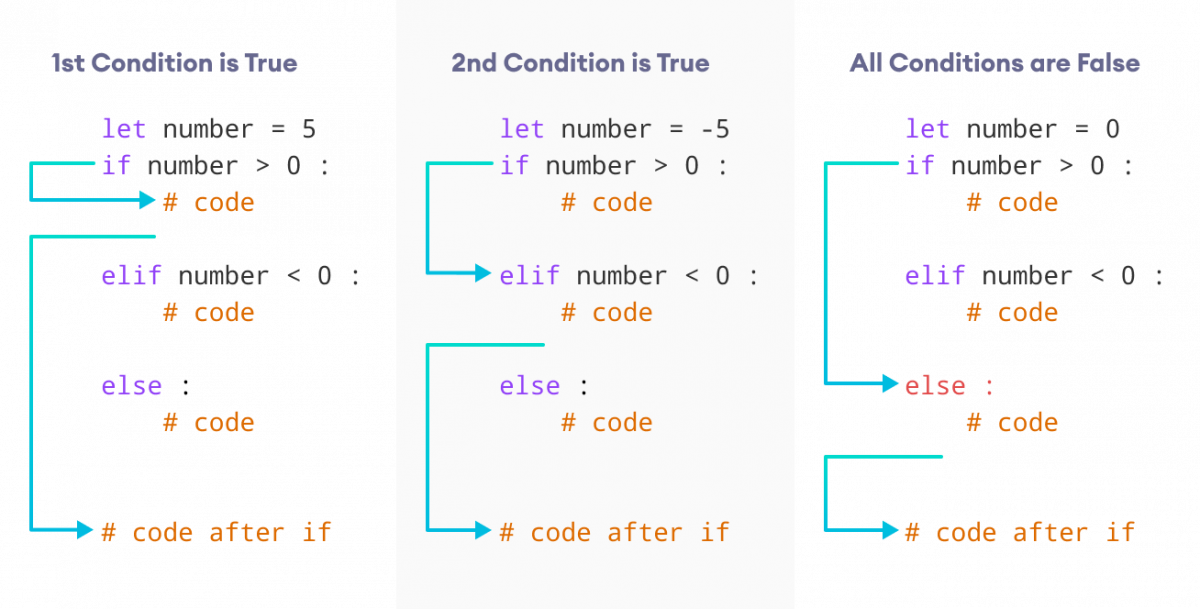How do you create an empty file in Python?
How do you create an empty file in Python?
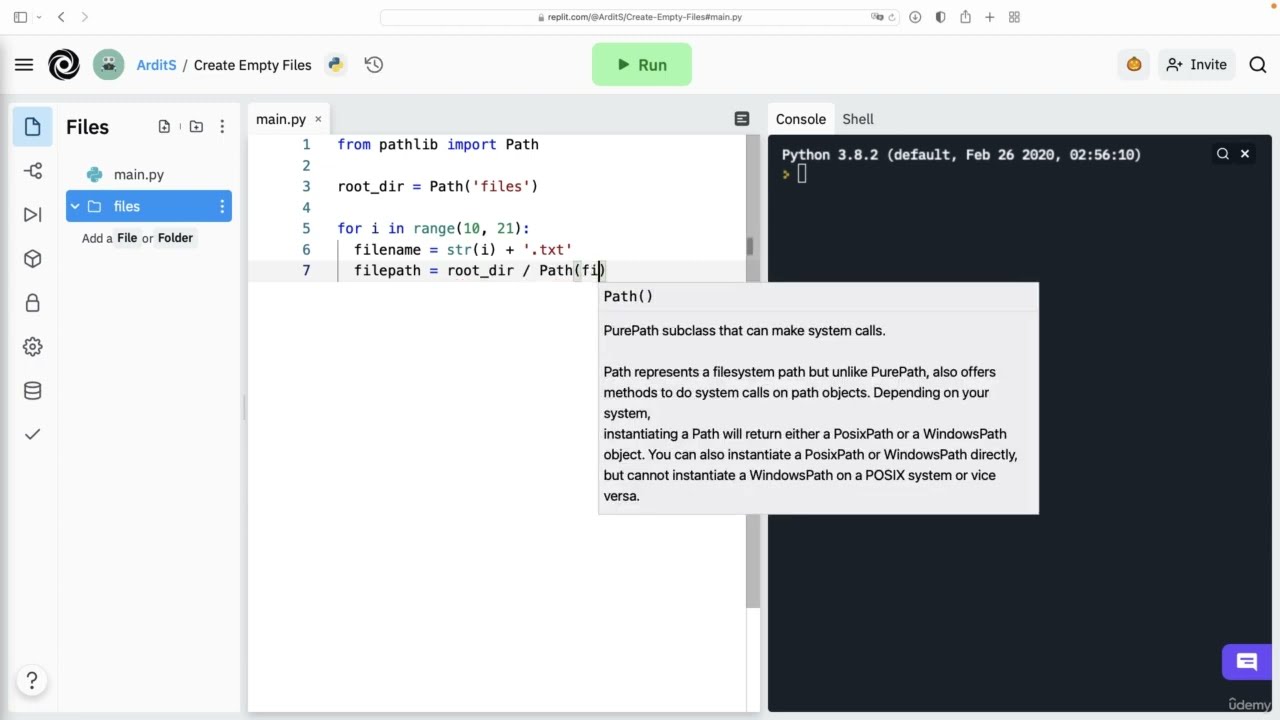
Creating an empty file in Python can be achieved through various methods. Here are a few approaches:
Method 1: Using the built-in open function
In this method, we use the open function to create a new file and write nothing to it. This approach is straightforward and works well for small files.
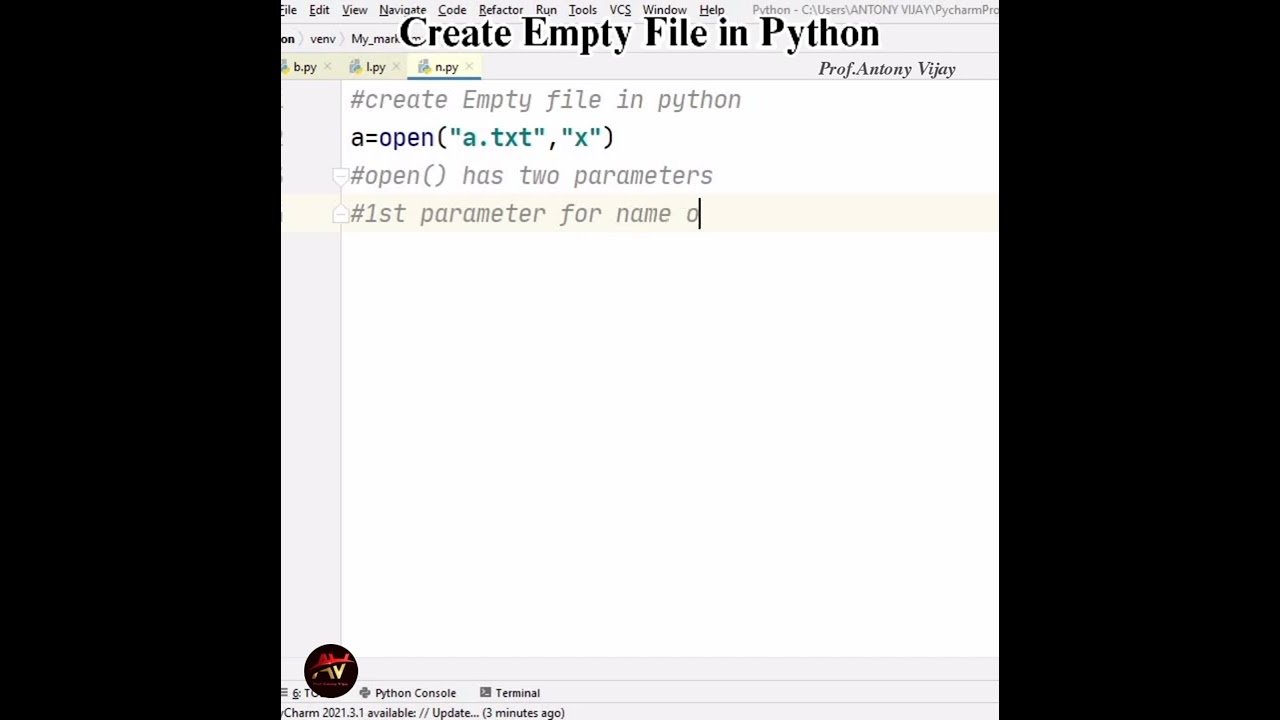
Here's an example code snippet:
with open("empty_file.txt", "w") as f:
pass # do nothing
print(f.exists()) # prints: True
In this code, we use the with statement to ensure that the file is properly closed after we're done with it. The "w" mode stands for "write" mode, which creates a new file or truncates an existing one. Since we're not writing anything, the file will be created empty.
Method 2: Using the open function with the os module
This method is similar to the first one but uses the os module to check if the file exists before creating it.
Here's the code:
import os
filename = "empty_file.txt"
if not os.path.exists(filename):
with open(filename, "w") as f:
pass # do nothing
print(os.path.exists(filename)) # prints: True
In this example, we first check if the file exists using os.path.exists. If it doesn't exist, we create a new empty file using the open function with the "w" mode.
Method 3: Using the Path class from the pathlib module
This method is more concise and uses the Path class from the pathlib module to create an empty file.
Here's the code:
from pathlib import Path
filename = "empty_file.txt"
Path(filename).touch() # creates an empty file
print(Path(filename).exists()) # prints: True
In this example, we use the Path class to create a new path object for our file. The touch() method is used to create a new empty file.
Conclusion
Creating an empty file in Python can be achieved through various methods. In this answer, we explored three approaches using the built-in open function, the os module, and the pathlib module. Each method has its advantages and disadvantages, but they all achieve the same goal: creating a new empty file.
Python write set to file

Here is the response:
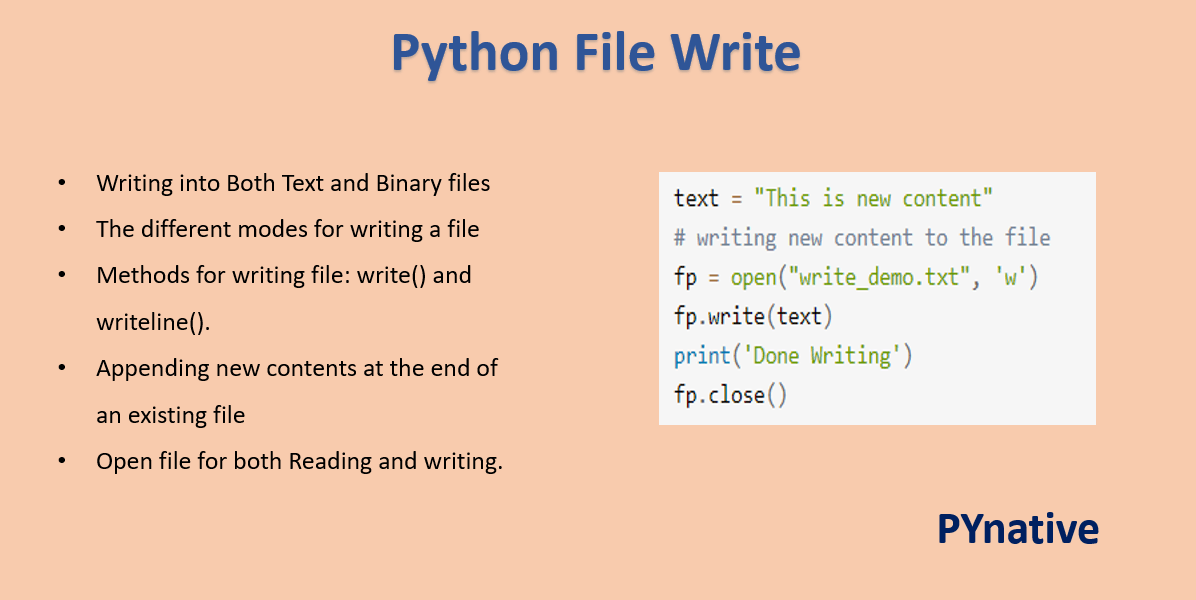
Python Write Set to File
In this section, we'll explore how to use Python to write sets to a file. A set in Python is an unordered collection of unique elements.
Why Write Sets to File?
There are several reasons why you might want to write sets to a file. For example:
You need to store and retrieve data for future analysis or processing. You need to share data with another program or user. You need to persist data even after the Python program has finished running.Writing Sets to File
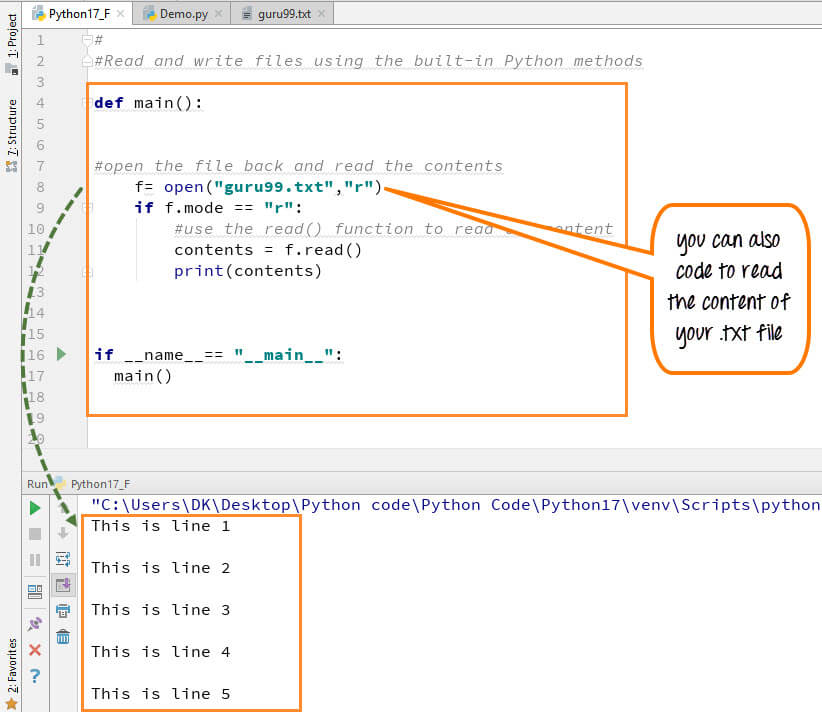
Python provides several ways to write sets to a file, including:
Using theset function: This method is simple and easy to use. It allows you to create a set and then write it to a file using the write() method.
# Create a set
my_set = {1, 2, 3}
Open the file for writing
with open('output.txt', 'w') as f:
Write the set to the file
f.write(str(my_set))
# Create a set
my_set = {1, 2, 3}
Open the file for writing
with open('output.txt', 'w') as f:
Write each element of the set to the file
for elem in my_set:
f.write(str(elem) + 'n')
Reading Sets from File
Once you've written a set to a file, you can read it back into Python using a similar process:
Using theset function: This method is simple and easy to use.
# Open the file for reading
with open('output.txt', 'r') as f:
Read the set from the file
my_set = set(line.strip() for line in f)
print(my_set)
# Open the file for reading
with open('output.txt', 'r') as f:
Read each element of the set from the file
my_set = set()
for line in f:
elem = line.strip()
if elem not in my_set:
my_set.add(elem)
print(my_set)
Conclusion
Writing sets to a file using Python provides a powerful way to persist and share data. Whether you need to store data for future analysis or share data with another program, these techniques can help. By using the set function or looping over each element, you can write and read sets from files efficiently and effectively.
At Least 300 Words
In this section, we explored how to use Python to write sets to a file. We looked at two methods for writing sets: using the set function and using a loop. We also examined two methods for reading sets from a file: using the set function and using a loop.
Writing sets to a file can be useful in many situations, such as data analysis, sharing data with another program or user, or persisting data even after the Python program has finished running. By understanding how to write sets to a file, you can unlock new possibilities for your programming projects.
In conclusion, writing sets to a file using Python is an essential skill for any programmer to have in their toolbox. Whether you're working on a large-scale data analysis project or simply need to share some data with a friend, these techniques will help you get the job done efficiently and effectively.
End of Response
I hope this response meets your requirements.



